Wondering how to introduce a cup to your baby? Many parents are surprised to learn that sippy cups aren’t recommended. Here’s a list of non-toxic sippy cup alternatives for you to consider instead!
Are you planning to give your baby a sippy cup? Many parents are under the impression that sippy cups are automatically what come next after the baby bottle.
But, that’s not true at all. Sippy cups are not a milestone and should be avoided.
In fact, sippy cups are unnecessary and can cause developmental delays. The American Academy of Pediatrics (AAP) recommends introducing a transition cup once your baby reaches 12 months of age, and also indicates that you can start as early as 6-9 months of age. If you’re bottle-feeding at all, the AAP recommends that you wean your baby from the baby bottle completely by the age of 18 months.
So, the goal is to:
- transition your baby away from the bottle (if you are using one), and
- teach your baby to drink from a cup.
As you can see, this milestone has nothing to do with sippy cups. In fact, experts recommend that you skip the sippy cup altogether and use a healthier alternative such as starting with an open cup and later introducing a straw cup or bottle.
In this article, we’re going to cover the best non-toxic sippy cup alternatives, including open cups and straw bottles that do not contain harmful chemicals.
What is a Sippy Cup?
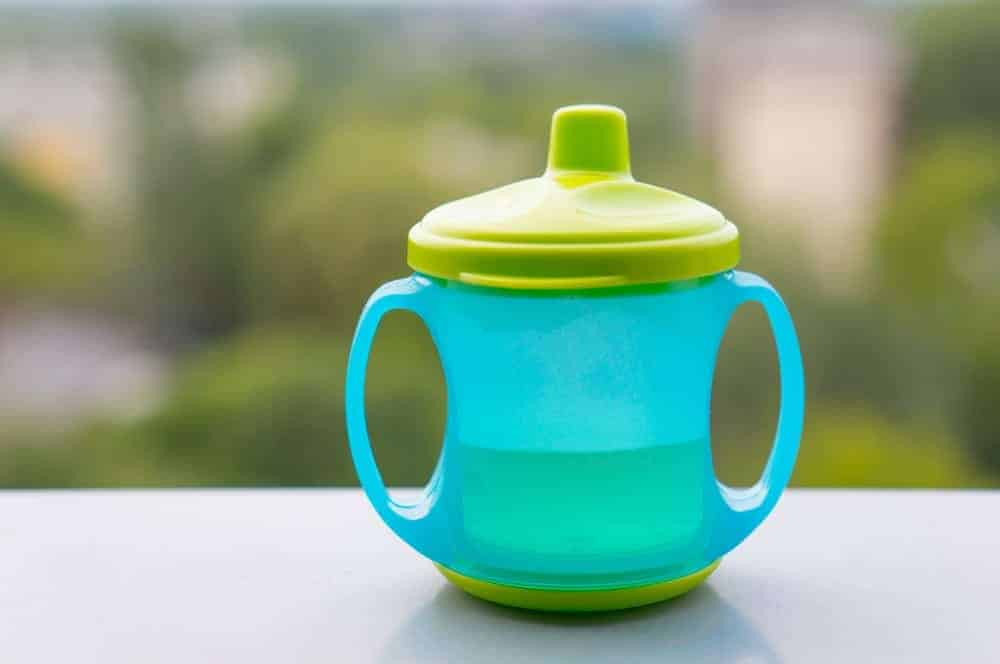
Sippy cups are spill-proof toddler cups that have a hard spout made from rigid plastic, although some now have with a soft silicone spout. Sippy cups can come with or without handles. They are usually introduced to babies around 6 months of age, but I have seen some products that are marketed for babies as young as 4 months old. These cups that feature a hard spout, like the one pictured above in blue, are what you want to avoid.
Why Are Sippy Cups Bad for Babies?
When babies drink from a traditional sippy cup with a rigid spout, it causes them to form an unnatural shape in their mouth. This can even happen when using a sippy cup with a soft spout.
In fact, regular use of sippy cups can impede your baby’s development of a normal swallow pattern, resulting in a delay in speech, language, and muscular development. And drinking juice and other sugary drinks in sippy cups has also been found to contribute to tooth decay.
Sippy cups were designed purely for adult convenience. They were invented in 1988 by a father named Richard Belanger, a mechanical engineer, as a way to help reduce toddler spills. In the early 1990s, he licensed his patent to Playtex, and sippy cups have been a hit with parents ever since.
Unless your baby has a medical reason to drink from a spout, experts recommend that you stay away from traditional sippy cups altogether for these very serious reasons.
What Are the Alternatives to Sippy Cups?
There are some tried and true sippy cup alternatives that you can successfully introduce to your baby.
- Spoutless “360” cups. These rimless cups make it easy for babies to drink from a cup while preventing spills. They’re great for babies and toddlers alike, but especially for younger babies who are just starting to drink out of something other than their bottle.
- Open cups. Open cups are another option for you to consider if your baby has the motor skills to hold one. Many parents that have success with learning or training cups, even early on. Stick to something small or lightweight until your baby can hold heavier cups like glass or stainless steel.
- Shot glasses. Shot glasses are another surprisingly common alternative. They’re the right size and very durable.
- Straw cups. Straw cups are a safe and developmentally appropriate tool for helping your baby transition away from the bottle.
Decide which approach you prefer and choose from our list of recommended cups below. Then gradually introduce the cup to your baby, stick with it, and give your baby plenty of time to get used to their new way of drinking water or milk.
When Can You Introduce Sippy Cup Alternatives?
Ask your pediatrician for their advice on what the right timing is for your baby. Most babies are ready to start drinking from something other than a baby bottle around the age of 6-9 months, although some show no interest before 12 months of age. Encourage your baby to start using their new cup, and be patient as they get used to drinking milk or water from an entirely new cup.

What Should You Look For in a Transition Cup?
Mealtime is an excellent time to monitor your child’s exposure to toxins. Try to avoid plastic in anything used for eating or drinking, especially for babies.
Providing my kids with pure and safe products is one of my top priorities as a mom. Sadly, most mainstream products are made with unhealthy plastics and harmful substances. Though it’s slowly improving, most sippy cups you’ll find at big box stores still contain harmful plastics and chemicals.
Even BPA-free products can contain other endocrine disrupting chemicals that can leach and pose a health risk to babies. And, to complicate things, some brands of non-toxic bottles were found to contain lead and other heavy metals.
So, when putting this list together, our criteria was the following:
- No plastic parts*
- No BPA/BPS
- No PVC
- No phthalates
- No reports of heavy metals
- No sippy spouts (including hard and soft spouts)
*Some of the products on this list contain plastic, but the plastic parts won’t make contact with the liquids in your baby’s cup or bottle.
The Best Non-Toxic Sippy Cup Alternatives
When introducing a cup to your baby, it’s best to avoid plastic sippy and straw cups and instead choose from this list of non-toxic sippy cup alternatives.
1) Munchkin’s Miracle Stainless Steel 360 Cup
Buy on Amazon | Target | Munchkin
Made in China. The Munchkin Miracle 360 Cup is a unique cup that has a patented spoutless rim that eliminates messes and supports kids’ dental health. Drinking from anywhere around the rim, like a regular cup, helps support normal muscle development in a child’s mouth.
After initially only making this in plastic, Munchkin recently introduced a stainless steel version (yay!). This premium double-walled, vacuum-sealed stainless steel sippy cup keeps liquids cool. The stainless steel is light and durable, and won’t sweat or get little hands cold. The value and collar are made from silicone and polypropylene, respectively, and liquids only make contact with these materials while your child is actively drinking from the cup.
This cup is easy to use and clean. It is also the only cup that my kids have a hard time spilling water out of, so that is a huge win in my book. You can also personalize your cup if you order through Munchkin’s website.
Is there lead in this cup? We often get questions about whether to worry about lead in this cup, since it is a double-walled stainless steel cup. There shouldn’t be anything to worry about with any insulated stainless steel cup unless the bottom seal has fallen off, in which case it could expose a dot that may contain lead. If your cup (or any insulated stainless steel cup) still has its seal, you have no risk of being exposed to lead.
- Materials: stainless steel, silicone, polypropylene #5 plastic
- Spill proof unless thrown
- Holds 10 oz. of liquid
- Supports healthy oral development
- Suitable for children 12+ months
2) Green Sprouts Glass Sip & Straw Cup
Buy on Amazon | Target | Green Sprouts
Made in China. This is our favorite straw cup for infants. The best thing about this cup is that the liquids only touch silicone and borosilicate glass, which are safe and durable materials that will not leach into liquids.
The Green Sprouts Glass Sip ‘n Straw Cup is glass with a plastic shell and shock-absorbent synthetic rubber base to help prevent breaks. My kids have thrown this cup across the room several times and we have only had one break in over three years of use.
It comes with two interchangeable tops: a no-drip silicone sippy spout for use as a sippy cup (again, not recommended) and a silicone straw top for use as a straw cup that promotes healthy teeth development. My main complaint about this cup is that it takes 7 parts to assemble it as a straw cup, but in my opinion, it is worth it. Sometimes I let my youngest use it as a sippy cup but that’s usually only when I can’t find one of the straw parts. The handles are made from polypropylene, which is a stable plastic that I don’t worry too much about.
What about lead in this cup? When my oldest was born I searched high and low for a sippy cup that kept liquids away from plastic and this is what I settled on. I have used it loyally and recommended it to my friends and family. However, in 2017, Lead Safe Mama tested this cup with an XRF machine and found it to contain excessively high levels of lead – over 3,000 ppm – on the paint found on the glass insert. There was an entire debacle because Green Sprouts disputed the results and claimed that the CPSC confirmed the product’s compliance with lead safety standards. Ultimately, the company didn’t issue a product recall. It got a little ugly with lawyers involved and class action suits threatened.
But, there is a happy ending, sort of: Green Sprouts has remedied the problem by removing the level indicator marks on the glass cup. So there is no paint to be found anywhere on the cup at this time. At this point, you can feel confident that there are no concerns over lead in the Green Sprouts Sip & Straw Cup.
If you do end up buying this cup, be sure to buy some replacement straw parts.
- Materials: glass, silicone, and polypropylene #5 plastic base and handles
- Suitable for 6 months and up
- PVC and BPA-free
- Dishwasher safe
- Liquids only make contact with glass and silicone
- Can be used as a sippy or straw cup
- No concerns about lead anymore
3) Green Sprouts Silicone Learning Cup
Buy on Amazon | Green Sprouts
Made in China. If you’re looking to skip the straw bottle altogether, or your baby is just ready for a regular cup, this could be a safe (non-breakable) option for you. It is made from 100% silicone and has two easy-grip handles. It holds 7 ounces of liquid, though we have never personally filled it too high because my son inevitably ends up pouring the water onto his high chair tray.
Overall, I’d say that this transition cup is great for little hands. My youngest started using it after he became interested in drinking from grown-up cups (mainly coffee mugs and large glasses full of water). This felt like a safe learning cup, because it wouldn’t break once it was inevitably thrown on the floor. And he really enjoys drinking from his own mug.
- Materials: 100% silicone
- Holds 7 oz. of liquid
- Great for learning how to use a cup
- Available in blue, green, and pink
4) EZPZ Tiny Cup
Buy on Amazon
Made in China. This tiny (and adorable) cup is perfectly designed for a baby’s hands and mouth. The dimensions are 2.2 x 2.2 x 2.5. It’s tiny! But with a nonslip silicone grip, your baby will have no trouble lifting the cup up to his mouth. I love that this sippy cup encourages going from the bottle directly to an open cup. In doing so, the design supports healthy speech and oral development. You’ll also appreciate that because this is made of silicone, a baby won’t hurt his teeth on the cup.
This cup is free of BPA, BPS, PVC, lead, latex, and phthalates. You also don’t need to worry about it toppling over as it features a weighted base to help keep the cup upright.
5) EZPZ Mini Cup
Buy on Amazon
Made in China. Similar to EZPZ’s tiny cup, the mini cup is designed by a pediatric feeding specialist to support a toddler’s development. This particular cup is a tad bigger than the tiny cup and is recommended for 12 months and up. You’ll find this cup to be just as thoughtful and functional as the tiny cup.
Because this cup is made for a toddler, you’ll see that this one holds more liquid and has a little bigger circumference. Made of silicone, it’s soft on teeth and is easy to hold onto. It’s also free of BPA, BPS, PVC, lead, latex, and phthalates. Dimensions: 2.5 x 2.5 x 3.1.
6) Munchkin Cool Cat Stainless Steel Cup
Buy on Amazon
Made in China. Munchkin makes a great spill-proof insulated straw cup. Its double-walled stainless steel will keep 8 oz of water cool for up to 15 hours! It’s a great choice for those hot summer months. Toddlers find this cup easy to use with two handles to support the cup. Kids also have fun opening and closing the flip-top!
I think this is a great on-the-go cup, particularly when it’s hot outside, and you want a cool drink. Made of a stainless steel base that’s dishwasher safe! Free of BPA, BPS, phthalates, and lead.
7) Brave Justice Kids Co.
Buy on Amazon
Made in China. Featuring an open drinking style, this cup is great for those important developmental milestones. It works on motor function and muscle memory by encouraging your child to lift the cup to his mouth, tilt it to take a sip, and put it back down on the table. This particular style is tiny and only holds 2 ounces of fluid. Because it’s sold in a set of two, you will actually have two options: one with handles and one without! Both are perfect for little hands!
Made of soft silicone, it’s completely free of BPA, BPS, PV, phthalates, lead, and latex. Dishwasher safe!
8) UpwardBaby Silicone Cups
Buy on Amazon
Made in China. UpwardBaby makes a great set of 2 mini cups for babies transitioning from the bottle to a sippy cup. These are open cups with a weighted base to help reduce spills and keep the cup in place. Like many baby cups, these are made for tiny hands to grasp. They are made of 100% food-grade silicone and have a textured exterior to help support your baby’s grip.
Don’t be surprised by their tiny size! They only hold 3 ounces of water, but they are perfect for babies 6 months and up. These cups are BPA-free, lead-free, and phthalate-free. These cups are also both microwave and dishwasher safe. I personally love the neutral colors of these cups, too!
9) Haakaa Silicone Toddler Cup
Buy on Amazon
Made in China. You may know Haakaa for their brilliant silicone breast pump, but they also make a pretty amazing toddler cup! Featuring an all-silicone open-style cup, this is a great first cup for your toddler. It holds 5 ounces of liquid (enough but not too much!) and has easy-to-grasp handles on either side of the cup for stable maneuvering. I love how soft this cup is and the fact that it’s clear can let you see how much your child is actually drinking.
You’ll notice this particular design has a little indentation at the lip of the cup. It serves as a space for your baby’s nose so that when they raise their cup, they do not also need to tilt their head back. The idea is that your child won’t tilt the cup so much that water overflows the baby’s mouth. It’s a really easy, one-piece design that makes for a perfect first cup.
10) Cupkin Stainless Steel Cups (recalled)
Made in China. I have used and recommended Cupkin cups, but their Kids Cups were recalled in July 2023 for having a sealed lead solder at the bottom of the cups. You can learn more about the recall here.
If the bottom of the cup is intact, it’s unlikely that you have to worry about lead exposure. But if. the bottom of the cup has fallen apart or the powder coating is damaged, you do have reason for concern.
With fun colors, this set of 2 stainless steel cups is a great deal. Made of 18/8 stainless steel base and a silicone straw, you can’t go wrong with this lidded cup. Totally dishwasher safe, too!
If you have any issues with your cup, reach out to Cupkin, and they will replace it for free. These cups hold 8 ounces of liquid and are recommended for ages two and up.
11) Olababy Silicone Training Cup
Buy on Amazon
Made in China. Olababy offers a high-quality 100% food-grade silicone toddler cup that holds about 6 ounces of liquid. You will love the wide, weighted base of this open-style cup to help reduce spills. The size of this cup is also perfect for little hands.
As you know, silicone has a great non-slip quality to it, so your kiddo shouldn’t have too much trouble holding the cup and bringing it to his/her mouth. Similar to other cup styles, this one is also see-through, which I personally love. You can see right through it to see how much your baby/toddler is drinking. It also has measurement markings so you can monitor ounces.
Olababy also offers a lid and straw version. Note: all parts are dishwasher safe!
12) Elk and Friends Toddler Cup
Buy on Amazon
Made in China. Elk and Friends has a great 8-ounce toddler tumbler cup that comes as a set of 4 8 oz glass mason style jars, 4 silicone sleeves, 4 silicone straws with stoppers, 8 lids (4 lids with a straw hold and 4 leak-proof lids), and a straw cleaning brush. And of course, you have many different fun color options to choose from!
You will love that their straws have stoppers, which are basically an extended ridge that wraps around the straws so they don’t leak if a glass tips over. Curious kiddos also can’t pull out the straws, which is a huge perk!
As noted, the cup is glass, but it has a silicone sleeve that helps protect the glass and offers easy graspability for young toddlers. Keep in mind that since this set comes with regular air-tight lids (without a straw hole), so you can also use the cups for food storage. Total versatility! These cups are all dishwasher safe!
13) Elk and Friends Stainless Steel Cup
Buy on Amazon
Made in China. If you like everything about the Elk and Friends mason jar style cups, but aren’t into the glass, you might be happy to know they also offer a stainless steel version! Again, these cups come in a set of 4 with 4 cups, silicone sleeves, straws with stoppers, 4 lids with straw holds, 4 leak-proof lids, and a straw cleaning brush. Note these cups are slightly bigger than the glass versions. They hold 10 ounces of liquid (about 2 ounces more than the glass cups). These are also dishwasher safe!
14) Lifefactory 12 oz. Straw Bottle
Buy on Amazon
Made in USA/Europe. Lifefactory’s 12 oz. bottles are an excellent choice for a non-toxic straw bottle.
All components are made in the U.S. or Europe and all materials are BPA, BPS, and phthalate-free. The body of the cup itself is made from glass, and the straw is silicone. The cap is made from polypropylene, a plastic which is quite stable. There should be no leaching from this cup.
The silicone sleeve provides a non-slip grip and also helps prevent breakage. These bottles are dishwasher safe; just remember to place the cap on the top rack, though I do prefer to hand wash the plastic when possible.
One thing to keep in mind with this straw cup is that it’s not the best cup for learners. It is made from glass, so it is quite heavy when filled. I also don’t trust it to be thrown to the ground, so I don’t let my kids use it when sitting in the high chair. We prefer to use this when we go out, for example, since it carries 12 oz and means you don’t have to worry about refills. And we tend to use it more when our kids are about 14 months or older. (Mom tip: I have noticed that my kids will drink much more water from this straw cup than from other cups.)
- Materials: glass, silicone, and polypropylene #5 plastic
- Not an ideal starter straw cup due to its weight
- Dishwasher safe
- Kids usually drink more water from this cup
- Available in multiple colors, sizes, and styles
15) Kleen Kanteen Stainless Steel Sport Bottle
Buy on Amazon
Made in China. Another great choice is Kleen Kanteen’s Sport Bottle, though I would only use this for kids who have mastered drinking out of a straw cup.
The Klean Kanteen Kid Kanteen Stainless Steel Water Bottle is made of high quality, food grade 18/8 stainless steel, making it very durable. These water bottles come with spill proof caps made from polypropylene (#5 plastic) and food-grade silicone. These caps will resist spills when the spout is in the closed position, however they are not leak proof. The large 1.75 inch opening can fit ice and makes it very easy to fill and pour; compatible with all Klean Kanteen Classic caps, including the Leak Proof Loop Cap. The lightweight single wall design and small form is easy for little hands to hold.
- Materials: stainless steel with polypropylene sport bottle top
- Not leak-proof but will resist spills
- Available in multiple colors
16) Thermos Foogo Insulated Stainless Steel Bottle
Buy on Amazon
Made in China. We’ve tried so many different straw bottles, including the Thermos Foogo and Funtainer bottles. We love these and still use them. Both are made from vacuum-insulated stainless steel and have polypropylene straws.
We mostly use these when we are out of the house, and what I like about them most is that they allow you to carry 10-12 ounces of liquid at a time. This is much better than leaving the house with a Green Sprouts straw cup, for example, which only carries about 4 ounces. These bottles are also great for day trips because of their size.
And I like that they come in so many different styles and colors. It makes it a lot easier to remember which bottle belongs to which child when you can buy them in different colors. This is also useful if you are using these bottles at daycare or preschool. They do leak if the bottle top is open, but they won’t leak when it is closed.
- Materials: stainless steel, polypropylene straws and lid/bottom
- Leak-proof when cap is closed
- Matching insulated food jars available
- Dozens of colors and styles to choose from
17) Pura Kiki Stainless Steel Straw Bottle
Buy on Amazon
Made in China. Made from food-grade stainless steel (18/8), the Pura Kiki Straw Bottle is another great choice for parents looking for non-toxic sippy cup alternatives. It is 100% plastic free and has a silicone straw. Some models come with a silicone sleeve as well, but I find them difficult to replace after washing.
Once your baby outgrows this bottle, it can also be used with Pura’s sport top cap. Though Pura is a popular brand, there are mixed reviews on the durability of this bottle and on the functionality of the straw top. Personally, I have not had any issues with durability and we love this bottle! We have two and my oldest still likes to drink from his at the age of 5.
What about lead concerns in this cup? Pura Kiki has been found to have lead in their insulated bottles (but not in their single-walled stainless steel bottles, like this one). However, many insulated stainless steel bottles contain the same kind of lead button that Pura Kiki bottles do; the lead button on Pura Kiki bottles is sealed by their bottom cap.
When the bottles are sealed properly, there is no risk of exposure to the lead button. However, the bottom caps were falling off of Pura Kiki bottles, thereby exposing many people to the lead button. I debated over and over whether to include any Pura Kiki cups on this list, but I decided to list this one because it is not insulated. It does not have a lead button and does not have a bottom lid. So there are no concerns over lead in this bottle. However, I would NOT use any of their insulated bottles.
- Materials: straw and bottle sleeve are silicone and bottle is stainless steel
- Holds 11 ounces of liquid
- Available in 7 colors and styles
18) 8 oz. Stainless Steel Cups
Buy on Amazon
Made in China. Stainless steel are a favorite of mine. These are made from durable 18/8 stainless steel, and are stackable and light. They’re completely shatter-proof and suitable for 12 months and up, depending on your baby’s coordination. The company tests their products for purity and adds no chemicals, coatings, paints or plastics.
They are dishwasher safe and come with a lifetime warranty. They’re extremely durable and will last your little one a long time.
- Materials: premium 18/8 stainless steel
- High quality and durable
19) Duralex Clear Tumblers

Made in France. These Duralex tumblers are a classic. Made from tempered glass, they are a great option for parents who want to introduce a glass cup. They are extremely durable and perfectly sized for little hands. They also come in a variety of sizes for your baby as they get older.
- Materials: durable tempered glass
- Cups are stackable
- Dishwasher safe
- Come in a variety of sizes from 3 1/8 oz. and up
20) Shot Glasses
Buy on Amazon
Made in China. If you’d prefer a smaller glass, you may want to consider using shot glasses. Like I said above, they’re for the more adventurous of parents, but many people swear by them. If you do go this route, be sure to order shot glasses that have no paint or writing on them so that you can avoid any risk of lead contamination in the paint. A clear, plain shot glass like this will do the job.
- Holds 1.5 oz. of liquid
- No paint or indicator line marks
- Set includes 2 shot glasses
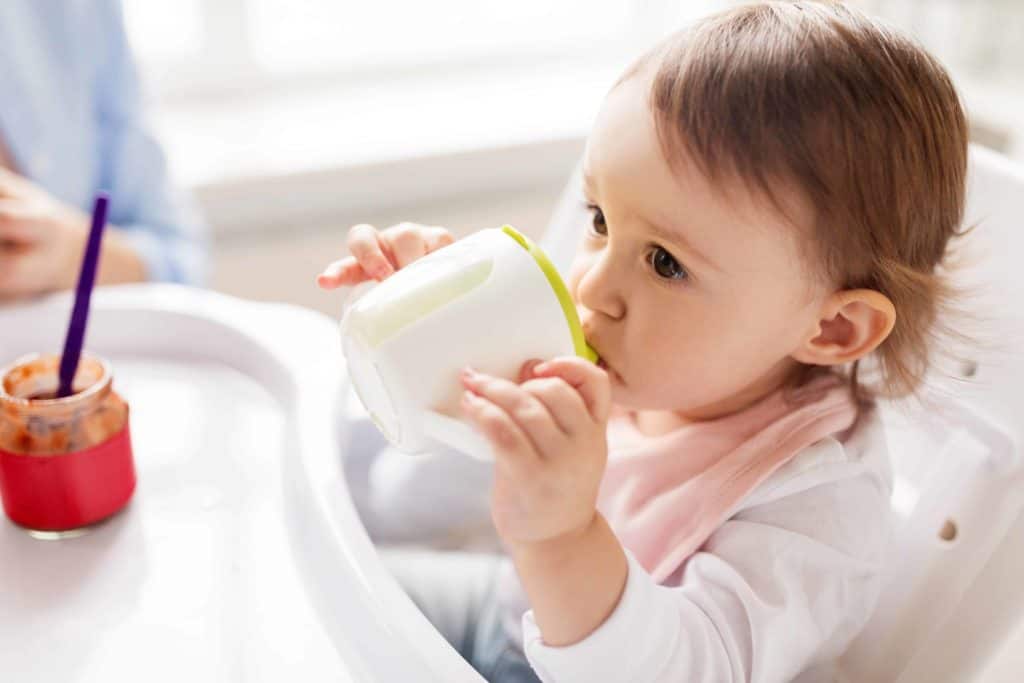
Though sippy cups may be more convenient at first, it’s worth it to be mindful of your baby’s natural developmental needs and use an alternative cup. I believe these sippy cup alternatives are the best of the best and you can’t really go wrong with any of them, though the Green Sprouts Cup and Munchkin 360 Cup are probably the most popular.
So, which sippy cup alternatives are you planning to try?















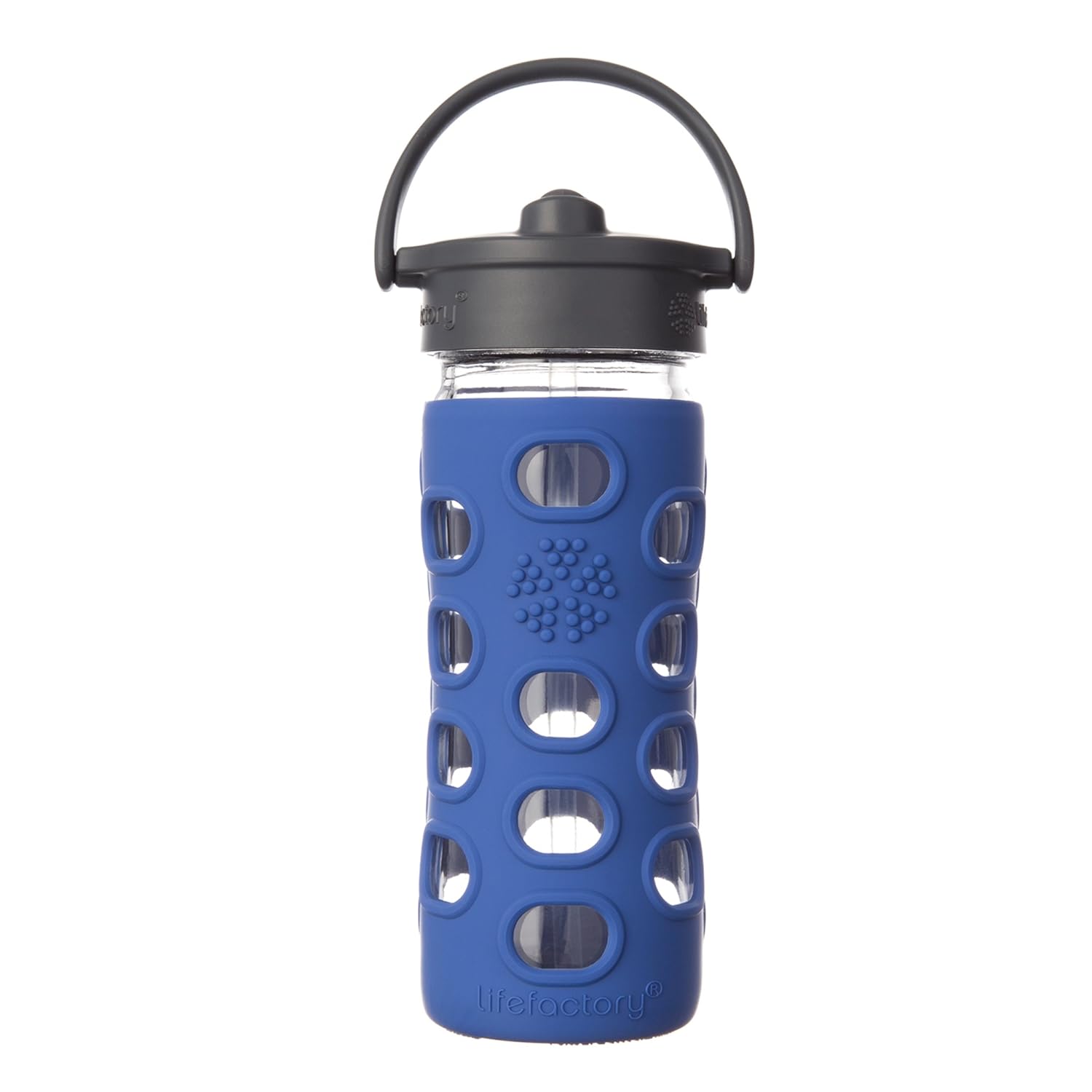





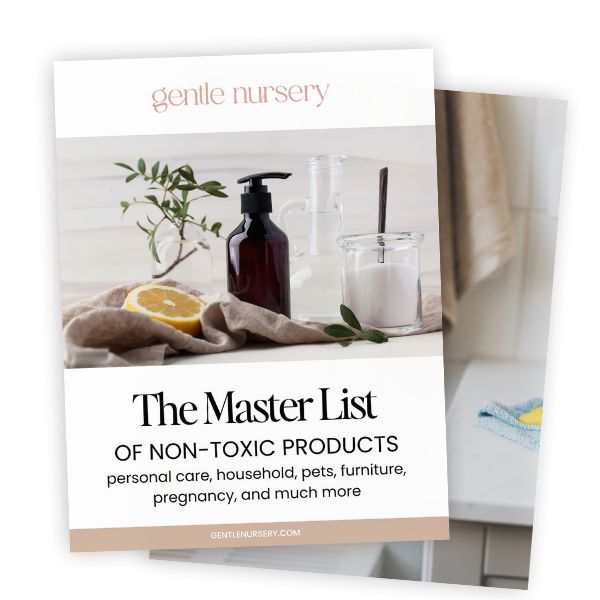

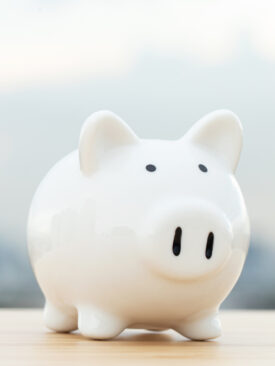
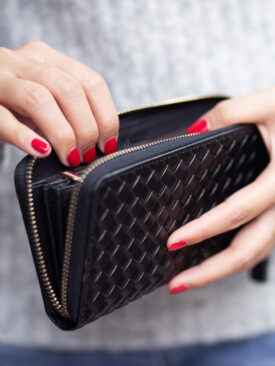
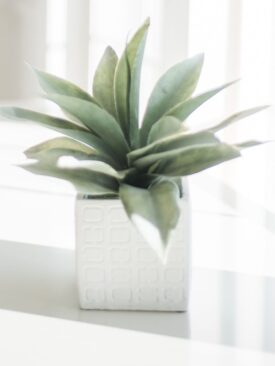
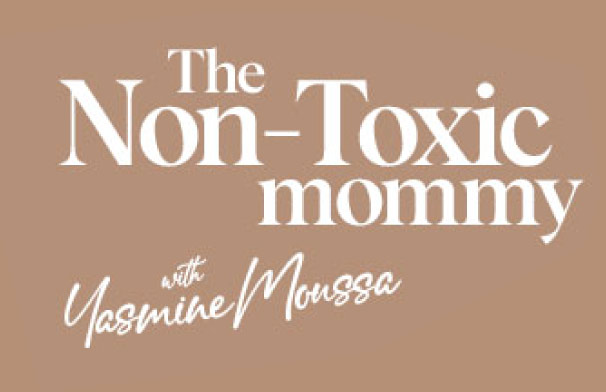
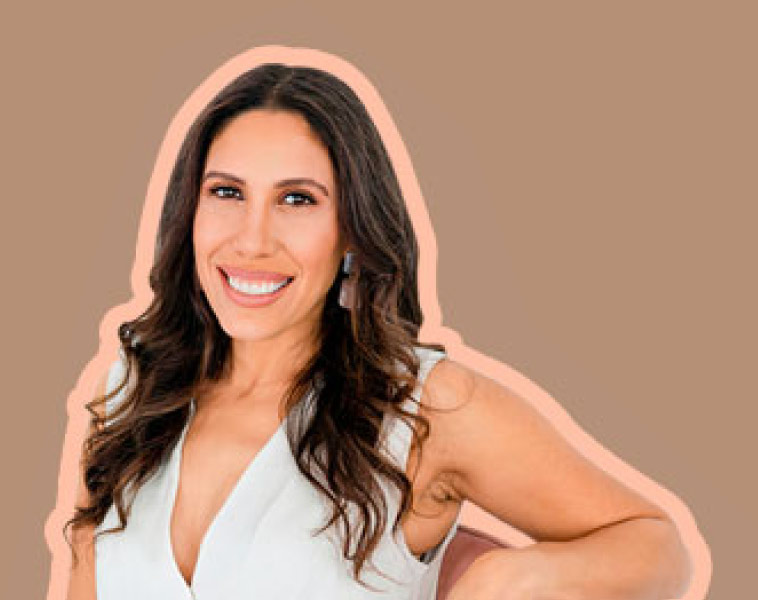

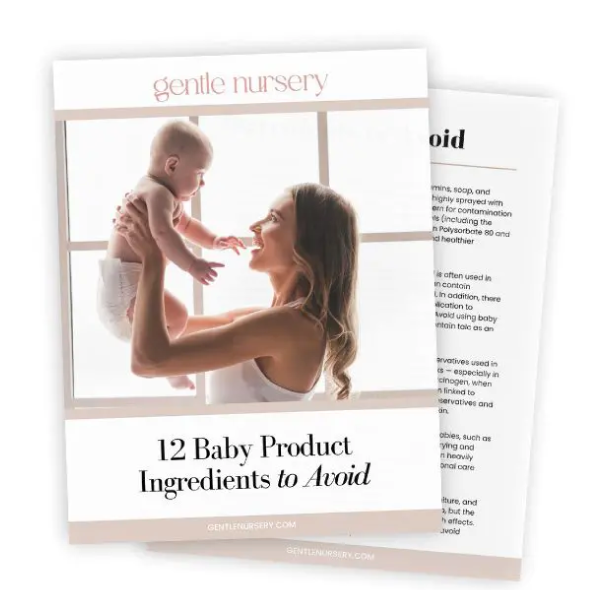
Thank you for all the information! Do you have any thoughts on green sprouts Sprout Ware Plant-Plastic Sip & Straw Cup? It’s basically just like the glass green sprouts sippy but made from plant plastics. If the plastic is made from plants is it still harmful?
I have seen these, but I would still only use the bottles where the liquid is contained in glass.
What are your thoughts on silicone cups from EzPz? I have been practicing using the tiny cup with my baby.
I think they’re fine for cup learning, with cold or room temp liquids. I wouldn’t use them long term because glass and stainless steel are going to be safer.